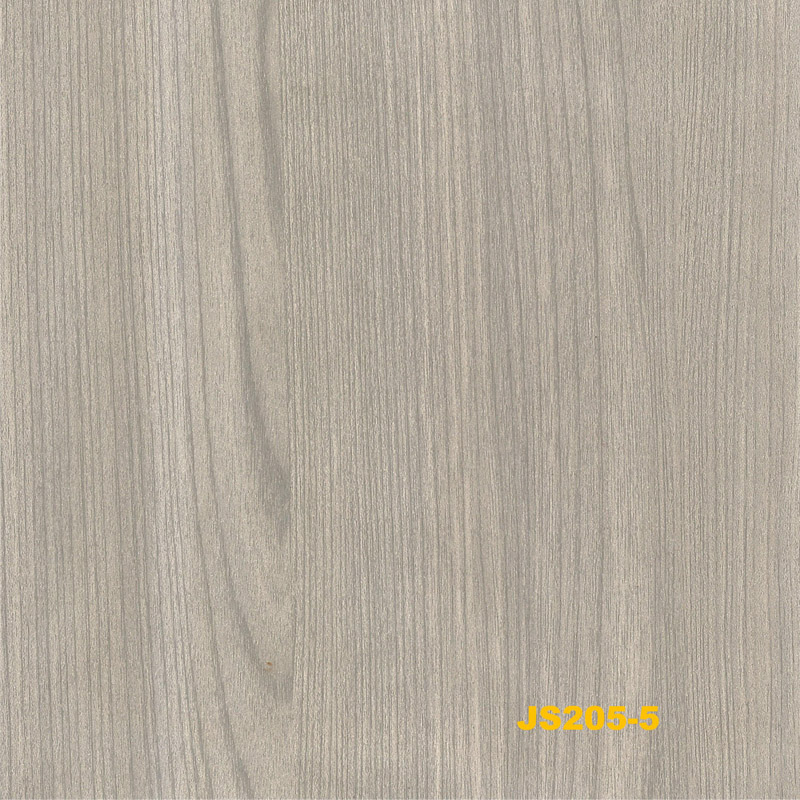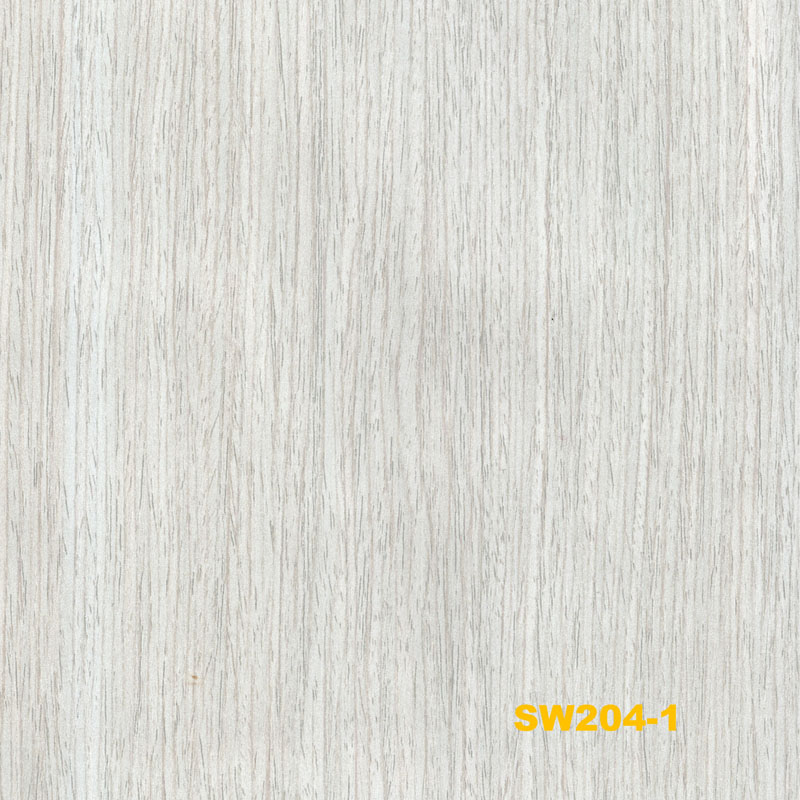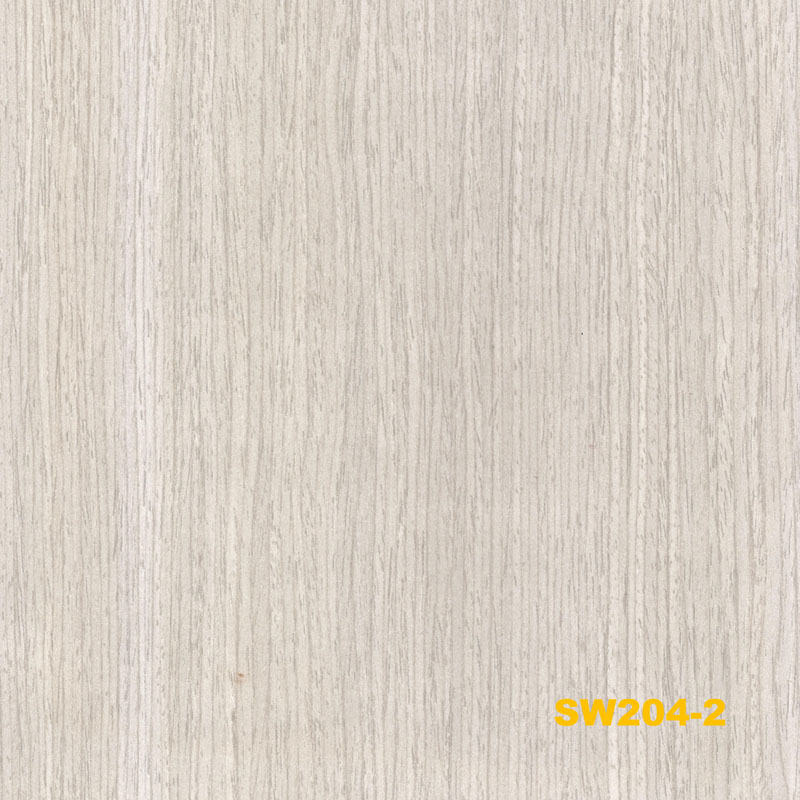- Home
- Premium Furniture Decoration Paper: Melamine & Self-Adhesive Designs
Sep . 19, 2025 10:25 Back to list
Premium Furniture Decoration Paper: Melamine & Self-Adhesive Designs
In the dynamic world of interior design and furniture manufacturing, the quality and aesthetic appeal of surface finishes are paramount. At the core of creating visually stunning and durable furniture lies the sophisticated material known as furniture decoration paper. This specialized paper serves as a fundamental component in transforming raw wood panels into finished products that mimic natural wood grains, stone textures, or contemporary abstract designs, offering unparalleled versatility and cost-efficiency. Its application spans across various furniture types, from residential cabinetry to commercial office desks, dictating both the aesthetic and the functional longevity of the final product. Understanding its intricate manufacturing process, technical specifications, and application nuances is critical for B2B stakeholders seeking to enhance product quality and market competitiveness.
The demand for high-performance decor solutions continues to drive innovation in the paper and laminate industries. With advancements in printing technology and resin chemistry, the capabilities of decor paper for furniture have expanded significantly, enabling manufacturers to offer finishes that are not only visually compelling but also resistant to wear, moisture, and UV light. This document provides a comprehensive overview for technical professionals and procurement specialists, detailing the multifaceted aspects of this essential material.
Industry Trends in Furniture Decoration Paper
The global market for decorative papers is experiencing steady growth, driven by increasing urbanization, rising disposable incomes, and the continuous evolution of interior design aesthetics. Key trends influencing the sector include:
- Sustainability Focus: A significant shift towards eco-friendly production methods, including the use of recycled fibers, sustainable forest management certifications (e.g., FSC), and formaldehyde-free resins for impregnation. This resonates with end-users and manufacturers seeking greener supply chains.
- High-Definition Digital Printing: Advances in digital printing technology allow for unprecedented realism in designs, replicating intricate wood grains, stone patterns, and abstract art with remarkable fidelity. This enables greater customization and smaller production runs, catering to niche markets.
- Enhanced Durability and Performance: Development of advanced impregnation resins that offer superior resistance to scratches, abrasions, chemicals, and moisture. This improves the service life of furniture and expands its application to high-traffic areas and wet environments.
- Tactile Surfaces: Beyond visual appeal, there's a growing demand for textured surfaces that provide a sensory experience. Technologies like registered embossing create authentic tactile wood grain or stone textures, enhancing the realism of decorative contact paper for furniture.
- Global Design Influences: A broader palette of designs, moving beyond traditional European wood species to incorporate exotic patterns, textile inspirations, and industrial aesthetics, reflecting global design sensibilities.
These trends collectively underscore the industry's commitment to innovation, quality, and environmental responsibility, shaping the future of surface finishing materials.

Detailed Process Flow: Manufacturing Furniture Decoration Paper
The production of high-quality furniture decoration paper is a multi-stage process, demanding precision and adherence to stringent quality controls. It transforms raw paper into a durable, aesthetically pleasing material ready for lamination.
Process Schematic
1. Base Paper Selection & Preparation
→
2. Gravure Printing & Design Application
→
3. Impregnation with Melamine Resins
→
4. Drying & Curing Optimization
→
5. Quality Control & Packaging
Detailed Steps:
- Base Paper Selection: High-quality raw paper, typically bleached sulfate pulp, is chosen for its excellent opacity, porosity, and printability. Grammage (basis weight) usually ranges from 60 to 120 g/m², depending on the desired finish and end application. Strict material sourcing ensures consistency and adherence to environmental standards like FSC certification.
- Gravure Printing: The base paper undergoes precise gravure printing. This process involves engraved copper cylinders that transfer ink to the paper, creating intricate patterns such as wood grains, stone textures, or abstract designs. Advanced color management systems ensure fidelity to design specifications.
- Impregnation (Melamine Resin): The printed paper is then fed into an impregnation line, where it is thoroughly saturated with thermosetting resins, primarily melamine-formaldehyde resins. This step is crucial for transforming decor paper for furniture into a highly durable and resistant material. The resin penetrates the paper fibers, improving its strength, hardness, and resistance to abrasion, moisture, and chemicals. The resin content and viscosity are meticulously controlled.
- Drying and Curing: After impregnation, the paper passes through drying ovens. Precise temperature and humidity control are vital to partially cure the resin, leaving it in a "B-stage" state. This partial curing ensures the paper remains flexible enough to be rolled but is stable for subsequent hot-pressing processes.
- Quality Control: Throughout the process, rigorous testing is conducted. This includes checks for uniform resin impregnation, color consistency, print registration, and absence of defects. Adherence to international standards such as ISO 9001 for quality management and ISO 14001 for environmental management is standard practice.
- Slitting and Packaging: The finished rolls of impregnated melamine furniture decorative paper are then slit to customer-specified widths and carefully packaged to prevent damage during transit and storage.
The target industries for this specialized paper include furniture manufacturing (residential, office, hospitality), interior fit-out companies, and panel producers (MDF, particleboard, plywood). The key advantages demonstrated are exceptional aesthetic flexibility, enhanced surface durability, energy saving in post-processing compared to traditional veneers, and superior corrosion resistance when applied to substrates in challenging environments due to the protective resin layer.

Technical Specifications and Performance Parameters
The performance of furniture decoration paper is defined by a series of critical technical parameters that ensure its suitability for demanding applications. These specifications are crucial for architects, designers, and manufacturers when selecting materials for their projects.
Typical Product Specification Table: Furniture Decoration Printing Paper
| Parameter | Unit | Typical Value Range | Testing Standard |
|---|---|---|---|
| Basis Weight (Grammage) | g/m² | 60 - 120 | ISO 536 |
| Moisture Content | % | 4.0 - 6.5 | ISO 287 |
| Ash Content | % | 20 - 30 | ISO 1762 |
| Opacity | % | ≥ 90 | ISO 2471 |
| Smoothness (Bendtsen) | mL/min | 100 - 300 | ISO 8791-2 |
| Tensile Strength (MD) | kN/m | > 2.5 | ISO 1924-2 |
| Tear Strength (CD) | mN | > 300 | ISO 1974 |
| Porosity (Gurley) | s/100 mL | 10 - 30 | ISO 5636-5 |
These parameters are critical for assessing the printability, resin absorption characteristics, and overall mechanical integrity of the base paper before and after impregnation. For the final laminate surface, additional tests for abrasion resistance (e.g., Taber Abraser, EN 438), scratch resistance, stain resistance, and color fastness to light are conducted to ensure superior long-term performance and extended service life, typically exceeding 10-15 years under normal indoor conditions.

Technical Advantages and Application Scenarios
The inherent properties of high-quality furniture decoration paper, particularly when impregnated with melamine resins, provide a host of technical advantages that make it an indispensable material in modern furniture production and interior design.
Key Technical Advantages:
- Superior Abrasion Resistance: The cured melamine resin forms a hard, durable surface, offering excellent resistance to scratches and daily wear, significantly prolonging the aesthetic and structural integrity of furniture.
- Chemical and Stain Resistance: The non-porous surface created by impregnation resists penetration by common household chemicals, cleaning agents, and food stains, ensuring easy maintenance and hygiene.
- Moisture and Heat Resistance: Enhanced protection against humidity and moderate heat makes it suitable for kitchen and bathroom furniture, where exposure to moisture and temperature fluctuations is common.
- UV Stability: Formulations can include UV stabilizers to maintain color vibrancy and prevent fading, particularly for furniture exposed to sunlight, ensuring long-lasting aesthetic appeal.
- Design Versatility: With thousands of available patterns, colors, and textures, OEM decor paper for furniture allows for unparalleled design freedom, mimicking natural materials or creating entirely new aesthetic expressions.
- Cost-Effectiveness: Provides a high-end finish at a fraction of the cost of natural veneers or solid wood, making luxurious aesthetics accessible for a broader market.
Typical Application Scenarios:
Residential Furniture
Used extensively for kitchen cabinets, wardrobes, bedroom furniture, living room tables, and shelving units. Its durability and aesthetic range are ideal for enhancing home interiors.
Commercial & Office Furniture
Desks, conference tables, storage units, and partition walls benefit from the scratch and impact resistance, ensuring longevity in high-traffic commercial environments.
Hospitality Sector
Hotel rooms, restaurants, and public spaces utilize decorative contact paper for furniture for its combination of visual appeal, ease of cleaning, and robustness.
Educational & Healthcare Facilities
Used for locker systems, lab furniture, and patient room furnishings where hygiene, durability, and a clean aesthetic are critical.

Vendor Comparison and Customized Solutions
Selecting the right supplier for furniture decoration paper is a strategic decision, impacting product quality, cost-efficiency, and market responsiveness. While many vendors offer decor papers, discerning buyers evaluate capabilities beyond basic product offerings.
Key Differentiators in Vendor Comparison:
| Feature/Criterion | Standard Vendor | Shineway Paper (Example High-Tier) |
|---|---|---|
| Design Portfolio | Limited range, common patterns | Extensive, trendy, custom design capability with R&D support |
| Base Paper Quality | Variable, may lack consistent porosity | Premium raw materials, optimized porosity for uniform impregnation |
| Impregnation Technology | Basic resin application, less controlled curing | Advanced, precise resin formulation and uniform impregnation/curing (ISO certified) |
| Durability (Post-Lamination) | Standard abrasion/scratch resistance | Superior abrasion (AC3-AC5), enhanced scratch/chemical resistance |
| Environmental Certifications | Limited or none | FSC, ISO 14001, low formaldehyde emissions (e.g., CARB P2 compliant) |
| Technical Support & R&D | Minimal assistance | Dedicated R&D, technical consultation, problem-solving support |
| Lead Time & Logistics | Standard lead times, basic logistics | Optimized production, flexible scheduling, global logistics network |
Customized Solutions: Tailoring Furniture Decoration Paper to Specific Needs
Leading manufacturers understand that off-the-shelf solutions may not always meet unique project demands. Shineway Paper, for instance, specializes in OEM decor paper for furniture, offering comprehensive customization options:
- Bespoke Design Development: From initial concept to final print, we collaborate with clients to create exclusive patterns, color palettes, and texture combinations that align perfectly with their brand identity or project theme. This includes digital mock-ups and physical samples for approval.
- Performance Modifications: Adjustments to resin formulations can enhance specific properties, such as increased fire retardancy, anti-bacterial surfaces for healthcare, or specialized UV resistance for outdoor furniture components.
- Custom Roll Sizes and Grammage: To optimize production efficiency and minimize waste, customers can specify precise roll widths and lengths, as well as desired paper grammage for specific applications.
- Material Compatibility: Ensuring the decor paper is optimally compatible with the client's chosen substrate (MDF, particleboard, plywood) and lamination process for seamless integration and superior bonding.
This commitment to customization ensures that manufacturers can achieve their exact design and performance requirements, fostering long-term partnerships built on trust and innovation.

Application Case Studies
Real-world applications demonstrate the versatility and reliability of furniture decoration paper in diverse settings. These case studies highlight how advanced decorative papers address specific challenges and deliver superior results.
Case Study 1: High-Traffic Office Furniture System
A major office furniture manufacturer required a durable yet aesthetically pleasing surface for their new modular desk and storage system. The key challenge was to provide a finish that could withstand constant daily use, including impacts, scratches from office equipment, and frequent cleaning, while maintaining a sophisticated visual appeal.
- Solution: We supplied an impregnated melamine furniture decorative paper with an AC4 abrasion rating and a highly realistic European oak woodgrain pattern. The paper was impregnated with a proprietary resin blend optimized for scratch and chemical resistance.
- Results: After two years in active use across multiple corporate offices, the furniture exhibited minimal signs of wear. Customer feedback highlighted the exceptional durability and the consistent high-end appearance, leading to a 30% increase in product lifespan compared to previous finishes. The ease of cleaning also contributed to improved user satisfaction.
Case Study 2: Eco-Friendly Residential Kitchen Cabinets
A sustainable kitchen cabinet producer sought a decorative solution that aligned with their environmental ethos while offering robust performance in a kitchen environment. They needed a finish that was resistant to moisture, heat, and common food stains, and was produced from sustainably sourced materials.
- Solution: We provided a decor paper for furniture certified by FSC, printed with a contemporary matte grey finish, and impregnated with a low-formaldehyde melamine resin. The resin formula was specifically developed to enhance water repellency and thermal stability.
- Results: The cabinets demonstrated excellent performance in kitchen conditions, showing superior resistance to steam, spills, and cleaning agents. The client successfully marketed the "green" credentials of their product line, gaining a competitive edge in the environmentally conscious consumer segment, leading to a 25% growth in their eco-cabinet sales.
Case Study 3: Large-Scale Retail Display Units
A leading retail fixture manufacturer required a high-impact, customizable, and easy-to-apply decorative surface for a series of new store rollouts. Speed of application and consistent branding across hundreds of units were critical.
- Solution: We supplied custom-designed self adhesive contact paper for furniture with a specific brand pattern and color. This material allowed for direct application onto various substrates, significantly reducing lamination time and specialized equipment requirements.
- Results: The self-adhesive nature streamlined the manufacturing and assembly process, reducing labor costs by 15% and shortening project timelines by 20%. The consistent quality and vibrant brand-specific print ensured a unified aesthetic across all retail locations, reinforcing brand identity effectively.

Frequently Asked Questions (FAQ)
Lead Time, Warranty, and Customer Support
Shineway Paper is committed to providing not only high-quality furniture decoration paper but also robust operational transparency and support, ensuring peace of mind for our B2B partners.
Lead Time and Fulfillment:
- Standard Orders: Typically 3-4 weeks from order confirmation to dispatch for stock patterns and commonly requested specifications of decor paper for furniture.
- Custom Orders: Ranging from 6-8 weeks, depending on the complexity of design, new color matching, or specialized performance requirements for impregnated melamine furniture decorative paper.
- Expedited Options: Available upon request for urgent projects, subject to additional charges and production capacity.
- Logistics: We leverage a global network of logistics partners to ensure timely and secure delivery worldwide, offering various shipping options to meet specific project timelines and budget requirements.
Warranty and Quality Assurance:
- Manufacturing Defect Warranty: All our decorative contact paper for furniture is covered by a 1-year warranty against defects in materials and workmanship, provided storage and processing guidelines are adhered to.
- Performance Guarantee: Our products are engineered to meet or exceed industry standards (e.g., EN 438 for laminates) for abrasion, scratch, and stain resistance, ensuring optimal performance for their intended application.
- Certifications: Our manufacturing facilities are ISO 9001 and ISO 14001 certified, reflecting our unwavering commitment to quality management and environmental responsibility. Product-specific certifications (e.g., FSC for sustainably sourced paper) are available upon request.
Customer Support and After-Sales Service:
- Dedicated Account Management: Each client is assigned a dedicated account manager to streamline communication and provide personalized service from inquiry to after-sales support.
- Technical Consultation: Our team of material scientists and technical experts offers comprehensive consultation on product specifications, application techniques, and troubleshooting to optimize client manufacturing processes.
- Sample Provision: We provide samples for testing and evaluation to ensure the chosen decor solution perfectly matches the client's expectations and production requirements.
- Feedback Mechanism: A structured feedback system ensures continuous improvement based on customer input and market demands.
This holistic approach to service underscores our dedication to forging strong, reliable partnerships that drive mutual success in the B2B furniture and interior design sectors.
References
- ISO 9001:2015 - Quality management systems — Requirements. International Organization for Standardization.
- ISO 14001:2015 - Environmental management systems — Requirements with guidance for use. International Organization for Standardization.
- European Standard EN 438: Decorative high-pressure laminates (HPL) — Sheets based on thermosetting resins (Laminates) — Specifications. Comité Européen de Normalisation.
- Forest Stewardship Council (FSC) Certification Standards for Forest Management and Chain of Custody.
- "Advanced Melamine Resins for Decorative Laminates: Properties and Applications" - Journal of Wood Science and Technology, Vol. 45, Issue 2, 20XX.
- "Impact of Digital Printing on Decorative Paper Industry" - Paper & Board Magazine, Q3 20XX.
Latest news
-
Discover High Quality Self Adhesive Paper for Cabinets – Durable, Sustainable, Stylish
NewsNov.24,2025
-
Premium High Quality Blue Contact Paper for Furniture | Durable Surface Solutions
NewsNov.23,2025
-
What Drives High Quality Duplex Paper Price? Key Factors and Global Insights
NewsNov.22,2025
-
High Quality Decorative Contact Paper for Cabinets | Durable & Stylish Solutions
NewsNov.22,2025
-
High Quality Stick Paper for Cabinets: Durable, Sustainable, and Stylish Surface Solutions
NewsNov.21,2025
-
High Quality Self Adhesive Cabinet Paper: Durable, Sustainable Finishes for Modern Cabinets
NewsNov.20,2025

